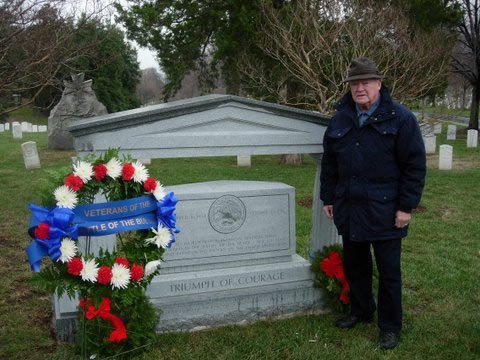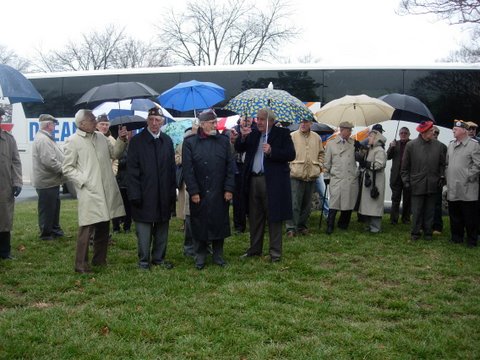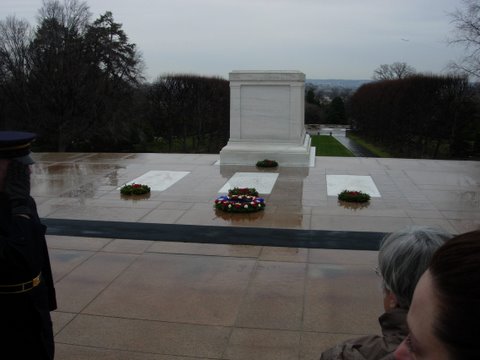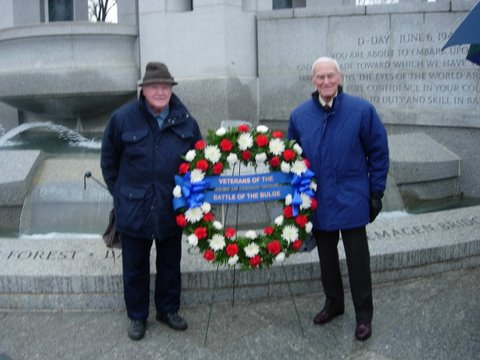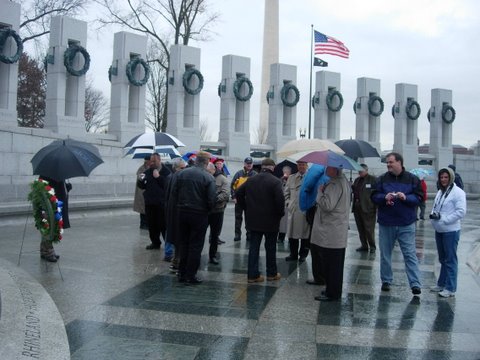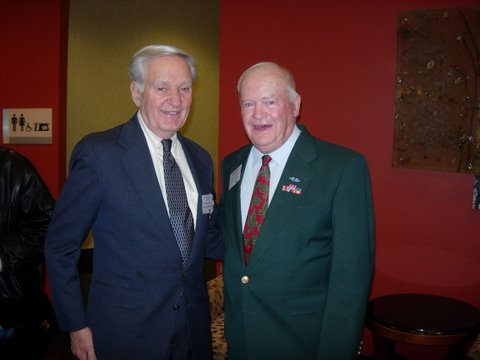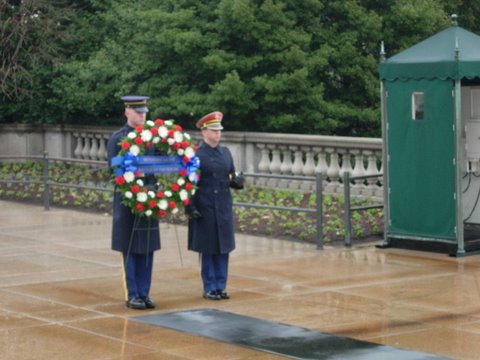Today we honor all those who fought and died, and who fought in lived in the infamous Battle of the Bulge.
We have tons of posts related to this, which have been posted on this forum, but once again we bring it to light and remember this solemn battle.
As always, I want to remind everyone that COUNTLESS units fought during the Ardennes/Alsace campaign, not just the 101st Airborne. No disrespect is meant to the unit, or the many friends I have made, from that unit. However, so many men are glossed over and forgotten, so I feel it is very important to bring this up today.
Here's to ALL the men who fought, including the tankers, the engineers, the artillerymen...
----------------
This was taken from the History's Channel's page - This Day in History
December 16, 1944
Battle of the Bulge
On this day, the Germans launch the last major offensive of the war, Operation Mist, also known as the Ardennes Offensive and the Battle of the Bulge, an attempt to push the Allied front line west from northern France to northwestern Belgium. The Battle of the Bulge, so-called because the Germans created a "bulge" around the area of the Ardennes forest in pushing through the American defensive line, was the largest fought on the Western front.
The Germans threw 250,000 soldiers into the initial assault, 14 German infantry divisions guarded by five panzer divisions-against a mere 80,000 Americans. Their assault came in early morning at the weakest part of the Allied line, an 80-mile poorly protected stretch of hilly, woody forest (the Allies simply believed the Ardennes too difficult to traverse, and therefore an unlikely location for a German offensive). Between the vulnerability of the thin, isolated American units and the thick fog that prevented Allied air cover from discovering German movement, the Germans were able to push the Americans into retreat.
One particularly effective German trick was the use of English-speaking German commandos who infiltrated American lines and, using captured U.S. uniforms, trucks, and jeeps, impersonated U.S. military and sabotaged communications. The ploy caused widespread chaos and suspicion among the American troops as to the identity of fellow soldiers--even after the ruse was discovered. Even General Omar Bradley himself had to prove his identity three times--by answering questions about football and Betty Grable--before being allowed to pass a sentry point.
The battle raged for three weeks, resulting in a massive loss of American and civilian life. Nazi atrocities abounded, including the murder of 72 American soldiers by SS soldiers in the Ardennes town of Malmedy. Historian Stephen Ambrose estimated that by war's end, "Of the 600,000 GIs involved, almost 20,000 were killed, another 20,000 were captured, and 40,000 were wounded." The United States also suffered its second-largest surrender of troops of the war: More than 7,500 members of the 106th Infantry Division capitulated at one time at Schnee Eifel. The devastating ferocity of the conflict also made desertion an issue for the American troops; General Eisenhower was forced to make an example of Private Eddie Slovik, the first American executed for desertion since the Civil War.
The war would not end until better weather enabled American aircraft to bomb and strafe German positions.
Proud Daughter of Walter (Monday) Poniedzialek
540th Engineer Combat Regiment, 2833rd Bn, H&S Co, 4th Platoon
There's "No Bridge Too Far"





